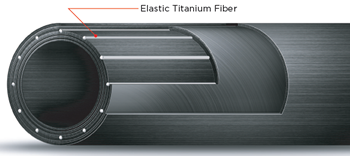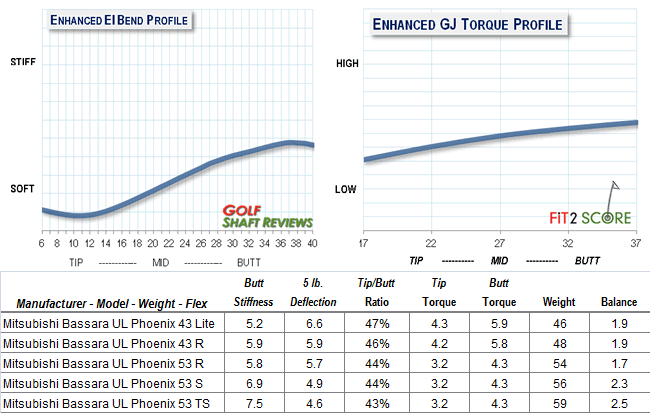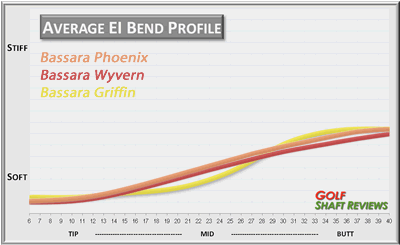True Temper DG Pro
DG Pro R300
DG Pro S300
DG Pro X100
By Russ Ryden, Fit2Score, A Dallas Fort Worth Club Fitter & Club Maker
The Golf Center at the Highlands, Carrollton Texas
 The Dynamic Gold Pro iron shaft is now available to the public through True Temper Performance Fitting Centers. Pro is a play on words, it is short for progressive. In my golf vernacular the word flighted comes to mind to describe these shafts. But True Temper feels progressive is a better word to describe these sets of shafts. They are sets. There are three different step patterns in each flex. The design promotes higher launch and spin on the long irons and lower launch and spin on the short irons. There three step patterns in a set, 2-5, 6-8 and 9-W. There is a unique design for the 9 iron and the wedge. This is not always the case in many constant weight shaft sets. These sets are not exactly constant weight. The weight of the raw shafts decrease slightly from 2 iron to wedge by around 6 grams. I am told this was necessary to hit the bend profile targets.
The Dynamic Gold Pro iron shaft is now available to the public through True Temper Performance Fitting Centers. Pro is a play on words, it is short for progressive. In my golf vernacular the word flighted comes to mind to describe these shafts. But True Temper feels progressive is a better word to describe these sets of shafts. They are sets. There are three different step patterns in each flex. The design promotes higher launch and spin on the long irons and lower launch and spin on the short irons. There three step patterns in a set, 2-5, 6-8 and 9-W. There is a unique design for the 9 iron and the wedge. This is not always the case in many constant weight shaft sets. These sets are not exactly constant weight. The weight of the raw shafts decrease slightly from 2 iron to wedge by around 6 grams. I am told this was necessary to hit the bend profile targets.
The progressive design of these shafts came from tour experience. The modern ball is designed for low spin off of low lofted clubs. This carries over to long irons. Low spin is a benefit on clubs like drivers where the primary objective is distance. But on irons, where control, stability and stopping on impact is important, spin is the golfers friend. The design of the Dynamic Gold Pro “Progressive” is to make the long irons playable, add a little spin to the mid irons and keep the short irons much the same as the Dynamic Gold. We have not tested a set, but the bend profiles indicate a truly progressive set, shaft to shaft through out the set.
To continue reading this section of the review, you must be registered at a higher level membership.
Russ
To continue reading this section of the review, you must be registered at a higher level membership.
Russ




